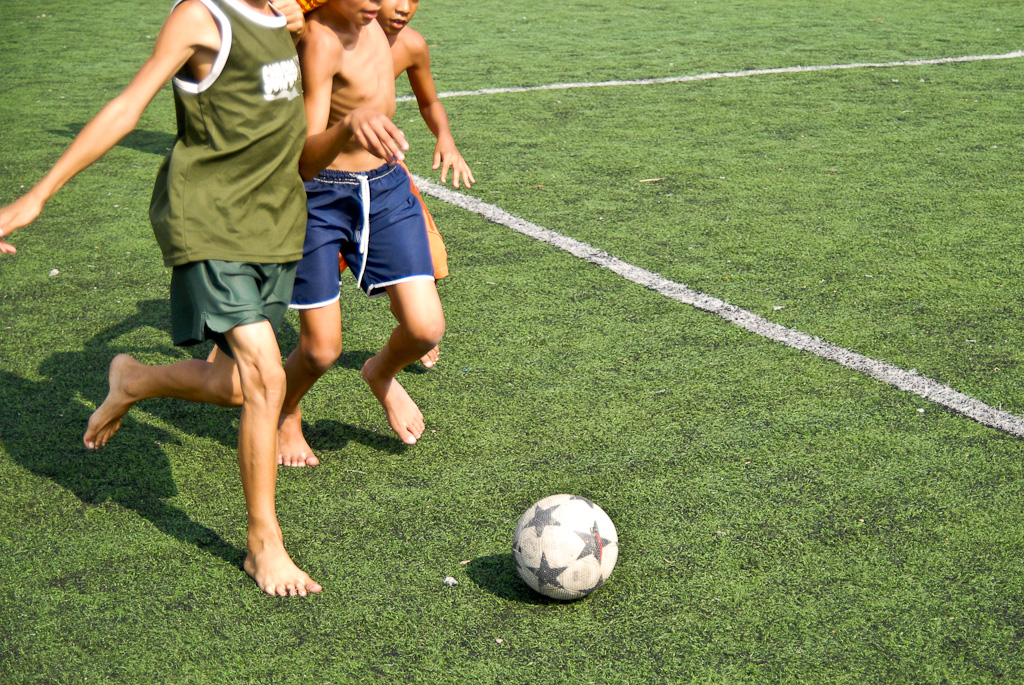You’re planning a project and are wondering how many people to commit to the field study. Whilst there are a lot of variables that will affect the optimal team size – it typically works out at between 2 and 4 core team members, plus local ground crew rounding out the extended team. (The distinction between core and extended team is explained here).
Of course the optimal team size on the day will depend on the project goals: the skills needed for the tasks at hand; on who needs on-the-ground experience; and not a small amount of office politics – given the opportunity most colleagues jump at the chance to join field research so there is usually no limit to the number of volunteers. There are also many valid reasons (more of which later) to invite clients along to the study and whilst clients typically say yes early on there’s an even chance they’ll drop out as the departure dates looms. There are two ways to take their decision: the first is that what you’re doing is not considered a priority (or even relevant) compared to the rest of their job description; the other is that they trust to you to deliver and effectively communicate the goods without them being present. In most instances the decision is a mixture of the two.
The figure of 2 to 4 core team members is largely based: the logistical and financial efficiency that comes from a smaller team offset against the ability to share the workload and bounce around and iterate through ideas; all of which is framed by group dynamics.
Once the extended team grows beyond 6 – 10 people the group dynamics change to the point where the project requires a dedicated manager role. Larger group sizes can make the project manager feel like they’re ‘herding cats’ where as soon as one group is in place, the others have wandered off and vice versa. One danger of travelling in a larger group can leads to the phenomena of ‘tour bus ethnography’– something that is both out of kilter with the spirit of the research and overly intrusive for the community in which the researchers have decamped.
Ideally every core member of the team needs to be able to function independently – which typically means pairing them with a translator or guide. If translators are required, the team size is effectively doubled.
The smaller the team, the more nimble, reactive it can be to on the ground situations. Any desire to travel solo should be tempered by the ability to share and advance thinking with other team members who have a shared understanding of both the study goals and how the research will be used in the organisation.
Of course just because people can research independently doesn’t mean that they should. It is easier to rapidly build a shared understanding of the research goals and methodological best practice is to have core team members double up on interviews – usually with one taking the role of assistant or photographer in addition to any translator. Even if core team colleagues have prepared the study together the gulf between preparation and in-field execution can make this approach desirable in the early stages of the study. Rotating translators/guides with core team members makes it easier to cross-pollinate insights and bring research newcomers up to speed. Having the team come together at least once per day provides an opportunity for rapid, iterative learning – one of the core benefits of this style of research.
One way for the team to grow without overly affecting its efficiency is to bring in specialist teams dedicated to a particular task – so for example creating teams with the sole aim of running street surveys. As with the rest of the research creating a space during the day that is conducive for informal sharing allows for cross-pollination of ideas across teams and helps foster team spirit.
One of the larger field teams we put together, with ~25 people was during a study into the future of urban spaces in Accra, Ghana with sufficient people to run street surveys, interviews, focus groups and home visits, set up a design studio and iterate concept designs in the field. The team scaled to include a dedicated accountant, recruiters and a cook.
